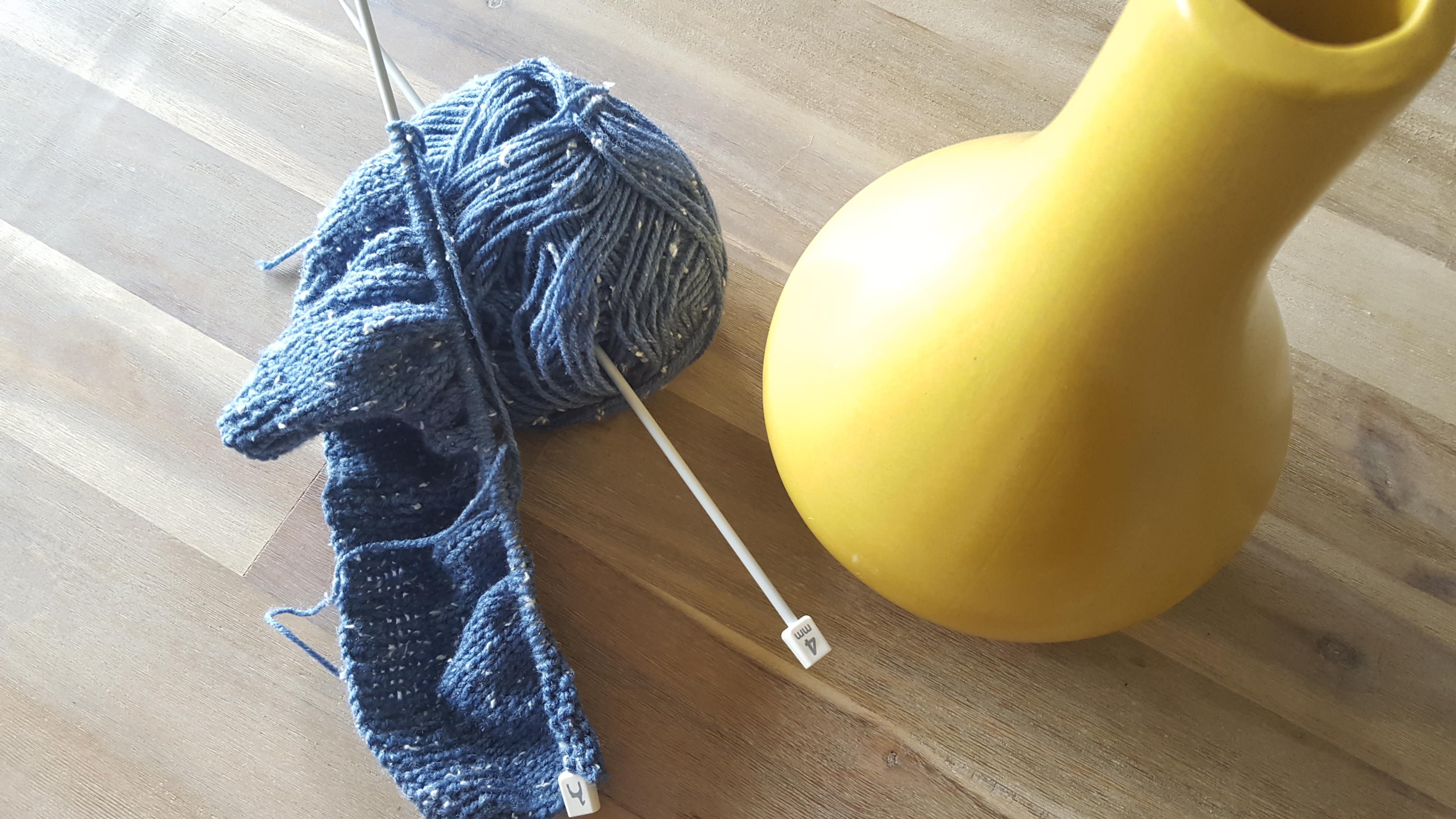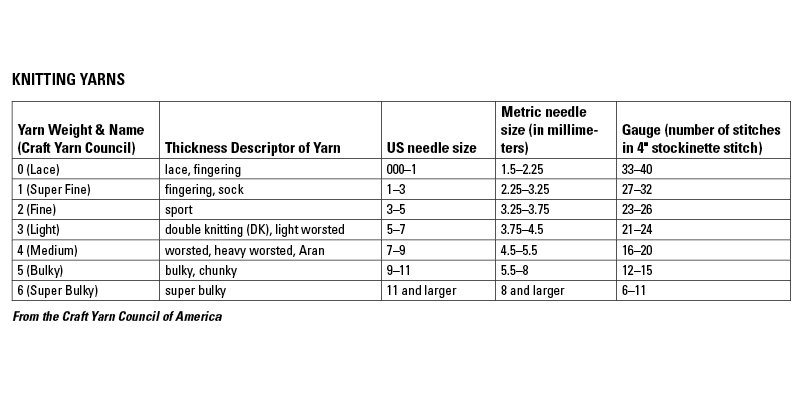With the cold weather starting to settle in here in the Southern Hemisphere, I had a sudden urge to fish out my wool and needles and start knitting! This also brought on an idea to share this skill with you folks here on Steemit, perhaps you are looking for a project to keep you busy and this might be right up your alley!
I’ll start with the basics and list the steps and different stitches in an index at the bottom of each post, so that you can go back and forth as you need. In this article I will introduce the different types of needles and wool (yarn) you get and which of the two work best together.

Let’s Start With The Knitting Needles
The most popular needles you get in store are either made from metal or wood (usually bamboo), but you also get plastic and acrylic makes, which I find are not as sturdy and as durable but are on the cheaper side. If you have to ask me for advice on which needle is best, I’m going to give you mixed answers! There are many factors that come in to play when choosing the correct needle, things like your experience level, the type of wool you want to use, the speed at which you want to knit and what pattern you are following will all play a role in choosing the correct pair of needles. I will briefly discuss the three more popular options, metal, wood and plastic.
- Metal
Metal needles are not as flexible and may tire your hands out much faster than other needles. On the other hand, however, they also have less surface friction so stitching your wool together is a nice and smooth process. Also, if speed is what you are after, you’ll manage this much better with a metal pair of needles.
- Wood (specifically Bamboo)
These slightly less durable needles are of a lighter weight, so your hands are likely to knit for longer before starting to ache. Because the wood has more texture however, your stitches won’t slide along as smoothly and as fast, which is not so bad if you are a beginner and need to move a little slower.
- Plastic
These needles are very flexible and are light on your hands, but because they bend so easily, they are not ideal for big projects like jerseys and blankets.

Matching Needle Size To Your Choice Of Yarn
Your choice of yarn will lie in what project you would like to work on, that is, what it is you would like to knit. Baby items and toys generally use a lighter weight wool (thinner yarn). A more standard type of wool is a 2 ply or double knit (DK) variety. However, a very popular option that is currently very trendy are thick and chunky wool types.
Yarns also vary in silkiness and texture, some are smoother than others and, in this case, a more textured needle, like a wooden needle, would be a more preferable choice.
The size of your knitting needles will definitely affect your knitting experience and the end result of your project. This includes width and length. For large projects, you will need longer needles. A medium length is generally the best for beginners, and a DK or chunk wool is also slightly easier to work with if this is your first time getting knee deep in knitting!
While your knitting pattern will advise you on what type of yarn and needles to use, the following table will also give you a good indication of which yarn should be matched with the different needle sizes.

